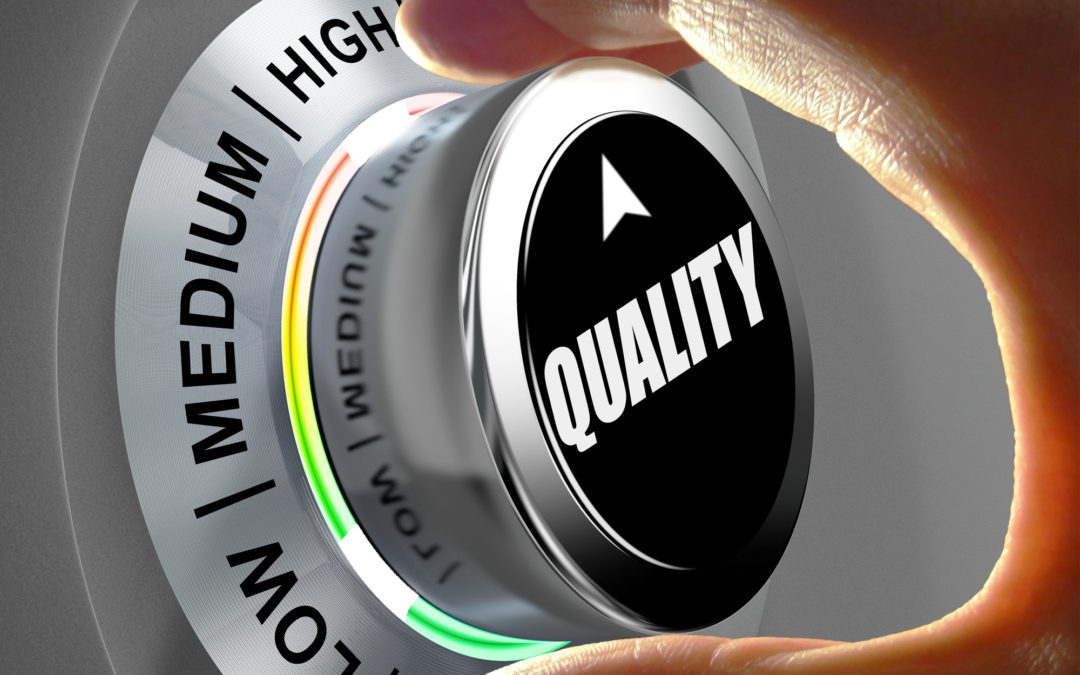The links between air quality and pregnancy, specifically negative pregnancy outcomes due to air pollution, have been firmly established for years, but what we often do not consider is the quality of their air in our own homes. The world today is more polluted than at any time in the past, and by far the most common type of pollution is the one we cannot see: air pollution.
Many factors contribute to the air pollution we breathe, including gas emissions from cars and industry. While we are less exposed to these factors indoors, they are by no means the only things we need to take into consideration.
Everything, from dust to household chemicals to second-hand smoke, can affect the quality of the air we breathe in our homes, and while there is less smog from cars, factories, and other pollutants inside, they are by no means absent.
A 2019 study found a connection between preterm births and common air pollutants like ozone, sulphur dioxide, nitrogen oxide and nitrogen dioxide. In fact, over the years, many studies on air quality and pregnancy have shown worrying results, linking air pollution with a wide range of birth and development defects.
One of the most common and prominent indoor air pollutants is HCHO, better known as formaldehyde. It is present in everything from the wood glue used to glue your furniture together to materials used in the production of walls, floors, cabinets, doors, and much more.
As the world continues to become more polluted, it stands to reason that air pollution will become a bigger issue soon. One way to limit the exposure of pregnant women to harmful pollutants in the air is through air conditioning systems.
The US Environmental Protection Agency (EPA) has reported that air inside buildings can be much more polluted than the outdoors, even in the world’s most industrialized and modern cities. This is mostly due to inadequate ventilation and the fact that many older buildings were designed to more airtight to make them more energy-efficient.
The presence of an HVAC system, in addition to helping you to control the temperature in your home, will also help prevent the build-up of harmful air pollutants.
Air conditioning systems significantly reduce the amount of outdoor and indoor air transfer, thereby limiting exposure to harmful ozone. They also tend to filter out a lot of other harmful particles commonly associated with air pollution.
It is highly recommended that pregnant women ensure their homes are safe by having an indoor air quality test done by a professional HVAC company. It is recommendable for any home that has not yet been tested, especially in the event of one or more residents suffering from minor respiratory ailments, which are usually one of the first signs of exposure.
Having your home professionally tested will not only set your mind at ease regarding the level of air pollutants and the quality of air in your home, but it will also allow you to speak to an HVAC professional about the best options to keep your home pollution-free. Depending on the size and type of property, there are many options—these range from ductless, window air conditioning units, and central air conditioning units.
Of course, it is not only homes that do not have an installed HVAC system in place that can be severely polluted.
Many factors contribute to air pollution in homes. Some older air conditioning systems may experience reduced efficiency or may in itself be the source of the pollution. In that case, it may be time for either a new air conditioning system or a thorough duct cleaning service. Air conditioning ducts should be thoroughly cleaned at least every one to two years.
Signs of poor indoor air quality that may affect pregnancy
As we cannot see the air we breathe, the most obvious signs of poor indoor air quality frequently are in the health symptoms we display. Frequent coughing and sneezing, dry, itchy skin and eyes, nose and throat, frequent headaches, fatigue, shortness of breath, allergies and hypersensitivity, dizziness, and frequent sinus congestion may all be symptoms that the air quality in your house is poor. Also, damp patches on walls, floors and ceilings may contribute to poor indoor air quality.
Conclusion
Poor air quality and pregnancy in combination should not be taken lightly. If there is a chance that the air quality in your home can negatively affect your pregnancy, it is best to contact a local HVAC specialist to help you resolve the problem.

